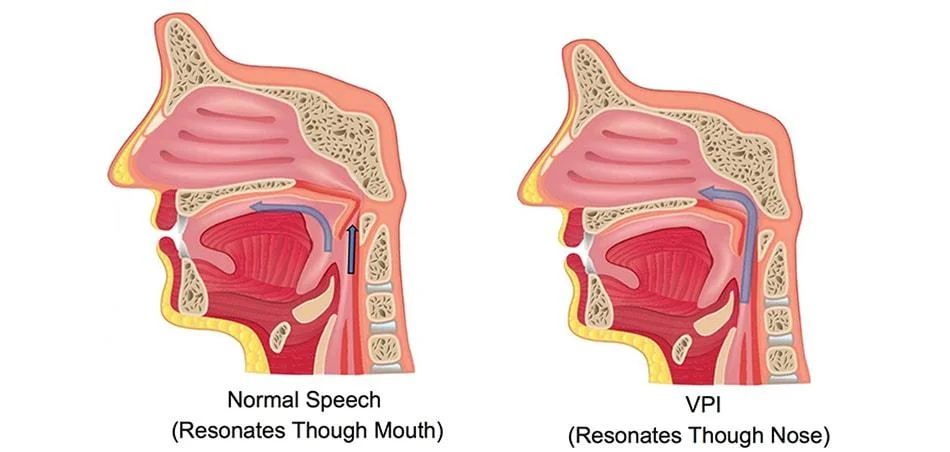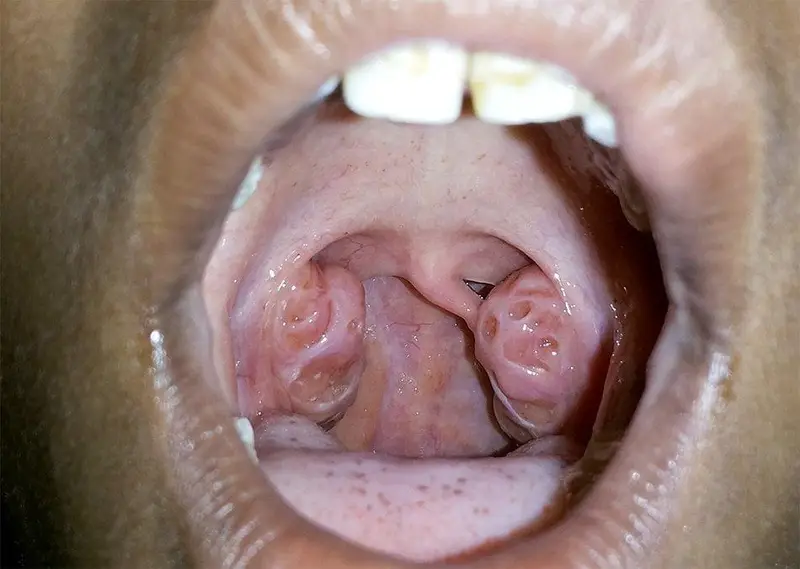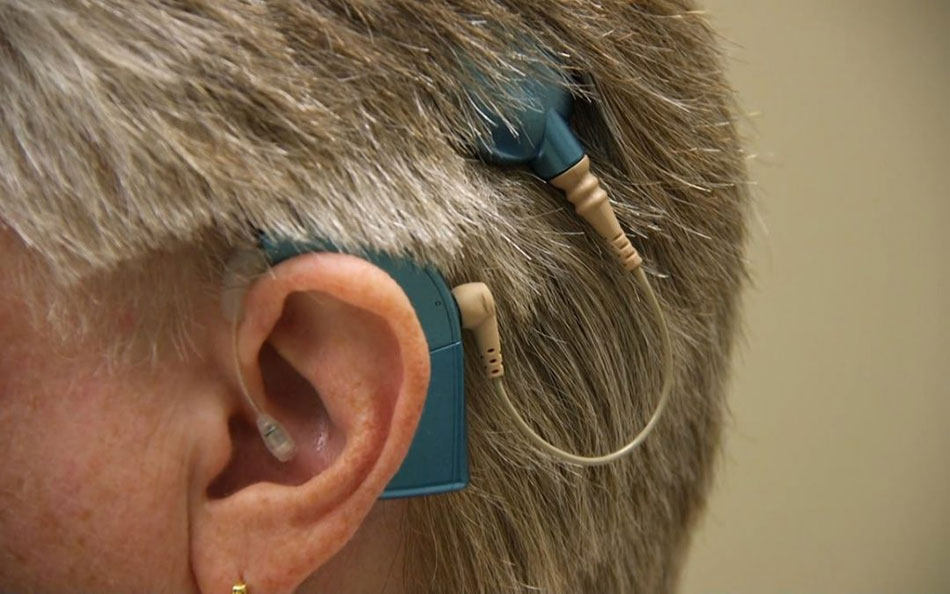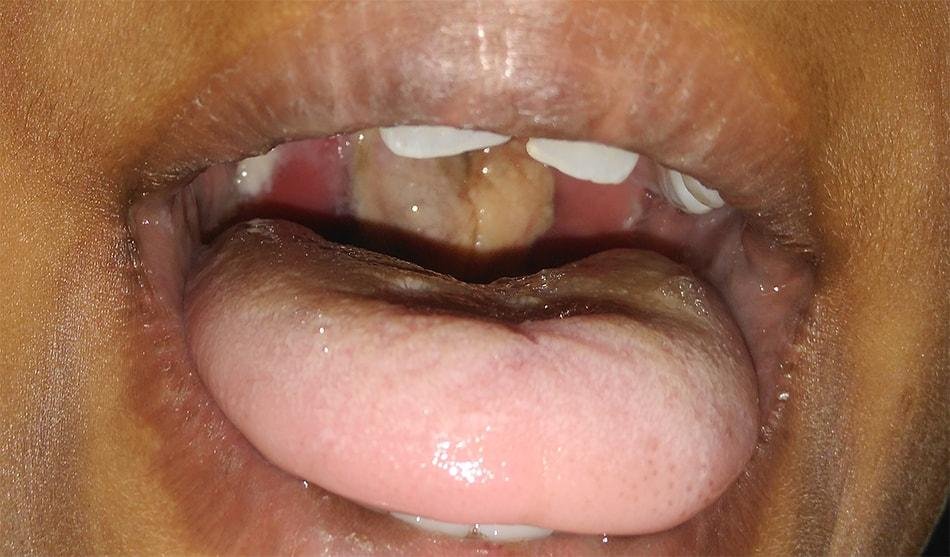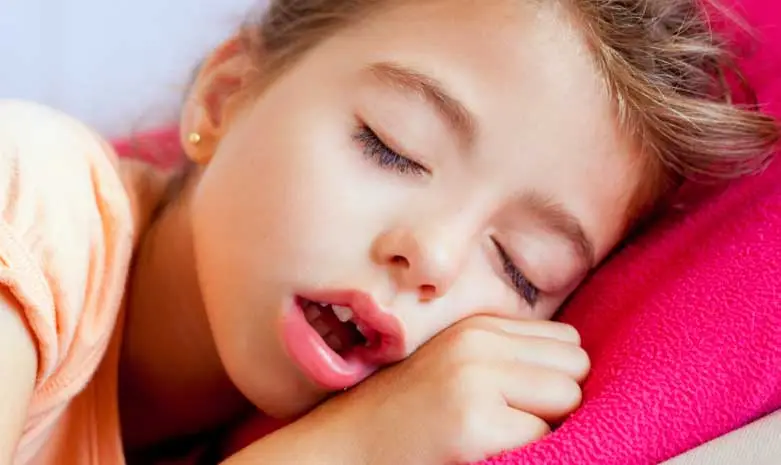Velopharyngeal Insufficiency
Velopharyngeal Insufficiency (VI) is the inability to temporarily close the connection between nasopharynx and oropharynx, due to an anatomical dysfunction in soft palate (velum), lateral pharyngeal wall or posterior pharyngeal […]
Posted on
Adenotonsillectomy can improve bedwetting in children with obstructive sleep apnea
Bladder control in children usually occurs by the age of 5 years. Nocturnal enuresis (NE) or bedwetting, is the involuntary urination during sleep, in absence of physical disease in a child older than […]
Posted on
Fully Implantable Cochlear Implant (FICI) with Piezoelectric Middle-Ear Sensor
Cochlear Implant (CI) is a prosthetic electronic device which replaces the function of the damaged inner ear. CI provides direct electrical stimulation to the auditory (hearing) nerve in the inner […]
Posted on
Recent updates in guidelines for treatment of Seasonal Allergic Rhinitis
The 2017 Joint Task Force on Practice Parameters (JTFPP) comprising representatives from the American Academy of Allergy, Asthma, and Immunology (AAAAI), the American College of Allergy, Asthma, and Immunology (ACAAI), and the Joint […]
Posted on
Cochlear Implantation in Incomplete Partition type III
Incomplete Partition type III (IP-III) or most widely known as X linked deafness is an inner ear anomaly associated with congenital mixed hearing loss, fixation of stapes footplate and perilymph […]
Posted on
Diphtheria
Diphtheria is a life-threatening acute bacterial infectious condition caused by Corynebacterium diphtheriae. The usual site of infection is the tonsils and oropharynx, but the disease can occur in nasal cavities, larynx or […]
Posted on
Cochlear ear kiss injury – kissing a baby can make them go deaf
The answer is a Big Yes – you read it right! Kissing on the ear can make the baby or adult permanent deaf! This condition is known as “Cochlear ear kiss injury.” […]
Posted on
What is Adenoid hypertrophy? What is Adenoidectomy?
What is an adenoid? Adenoid is a normal gland found in all children between the ages of 2 and 12-15, located behind the nose. The gland is usually seen in […]
Posted on
